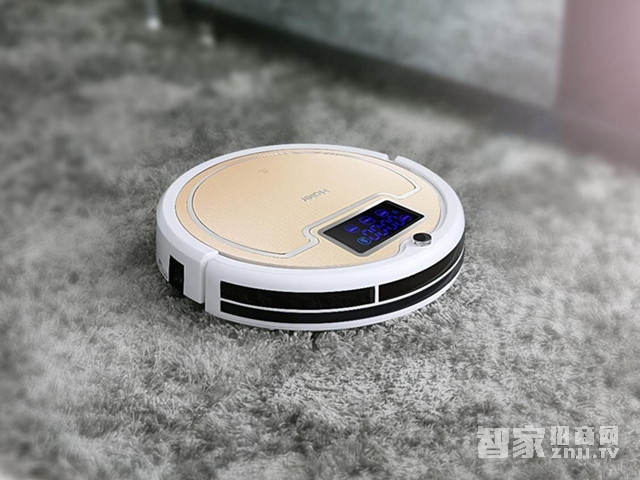Smart sweeping robots are a popular smart home appliance that uses advanced artificial intelligence to automatically clean your home. As these devices become more common in households, many people still don't fully understand how they work or what they're made of. Let's take a closer look at the technology behind these intelligent cleaning machines.

**Working Principle**
A smart sweeping robot is essentially an automated mobile device equipped with a vacuum system and a dust collection compartment. It moves around your home using pre-programmed navigation patterns such as edge cleaning, random path cleaning, or linear scanning. These movements are guided by built-in sensors and software algorithms. Alongside its main cleaning mechanism, the robot also features side brushes, a central brush, and sometimes a mop attachment to enhance its cleaning performance. This combination allows it to mimic human-like cleaning behavior, making it an efficient tool for maintaining a clean living space.
**Overall Structure**
The design of a smart sweeping robot may vary slightly between brands, but generally consists of the following key components:
- **Body:** The outer shell comes in different designs depending on the manufacturer, but all are built to be lightweight and durable.
- **Battery:** Most models use nickel-metal hydride (NiMH) batteries, though some high-end models feature lithium-ion batteries, which offer longer life but come at a higher cost.
- **Charging Station:** This is where the robot returns to recharge itself when the battery is low. It acts as a docking station and often includes a charging pad.
- **Dust Collection Box:** Unlike traditional vacuum cleaners that use disposable bags, most robots have a reusable dust bin. These can be either centrally located or placed at the back of the unit.
- **Remote Control:** Many models come with a remote control for manual operation, while others can be controlled via smartphone apps or voice commands.
**Cleaning Technologies**
There are several technologies used in modern robotic vacuums to help them navigate and clean effectively:
1. **Infrared Sensors:** These sensors detect obstacles by emitting and receiving infrared signals. However, they can be affected by lighting conditions or reflective surfaces, leading to potential collisions with furniture or walls.
2. **Ultrasonic Sensors:** Inspired by nature, this technology mimics the echolocation used by bats and whales. It uses sound waves to detect objects and map the environment, offering greater accuracy and sensitivity, though it tends to be more expensive.
**Related Suggestions**
If you're looking to choose a reliable brand, there are several reputable options available on the market. For those interested in exploring other smart home solutions, you might also consider products like the GQY Video Robot Banking Service Robot GQY-01, which combines automation with practical functionality.
Whether you're upgrading your home or just curious about the technology, understanding how these robots work can help you make a more informed decision when purchasing one.
48V Battery Pack ,Switch Battery Pack,Portable Lithium Battery Pack,48V Lithium Ion Battery Pack
Zhejiang Casnovo Materials Co., Ltd. , https://www.casnovonewenergy.com